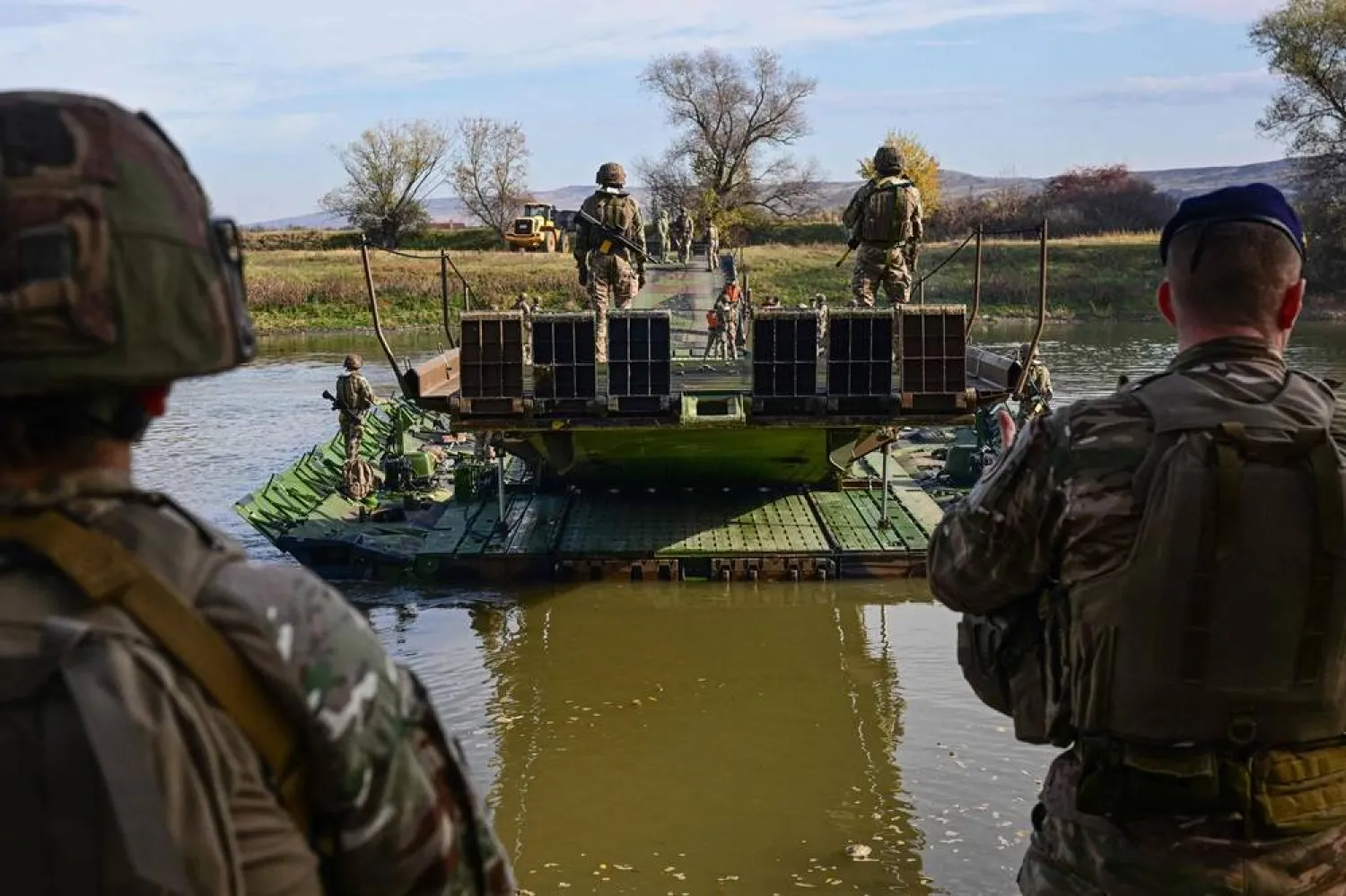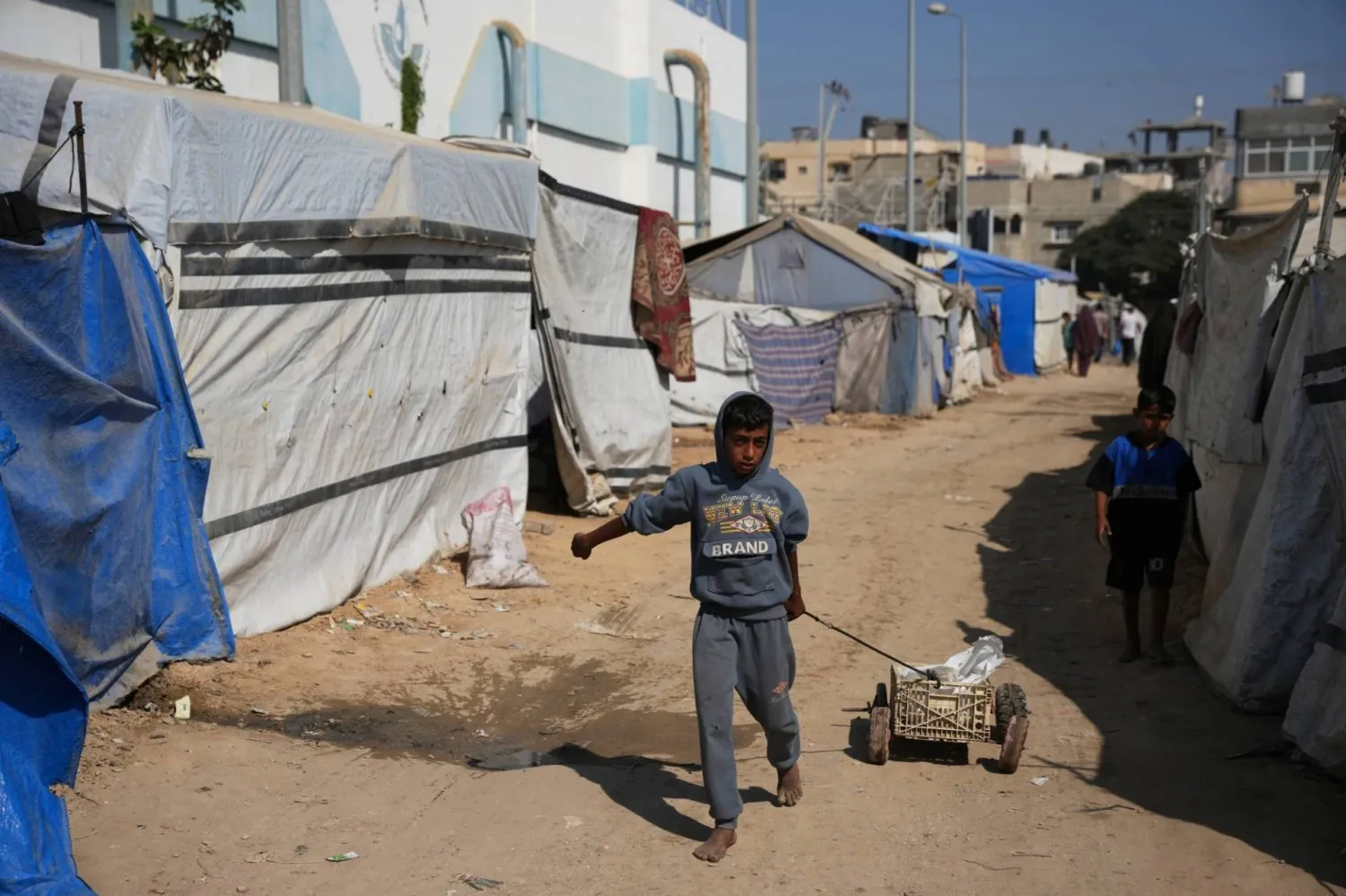A US presidential nominee has never died or had to withdraw from a White House race this close to an election.
But President Donald Trump's hospitalization for coronavirus just a month from the November 3 vote has raised the question of what happens if such an event should occur.
Trump is 74 years old and while his opponent Joe Biden is reportedly in relatively good health at 77 and is the oldest Democratic nominee ever.
AFP takes a look at some of the potential scenarios in the event a nominee exits the race:
Delay the presidential election?
Unlikely. Congress set the date for the election and this one has already been scheduled, as per US law for the Tuesday after the first Monday in November.
Both the Republican-controlled Senate and the Democratic-majority House of Representatives would have to agree on a postponement.
"I don't see it happening," said Capri Cafaro, a former Democratic member of the Ohio state senate who teaches at American University. "It is unlikely a Democratic majority would want to postpone the election."
Even during the Civil War between the North and South, the 1864 election was held as scheduled with Abraham Lincoln winning another term.
Can a candidate be replaced?
Trump's Republican Party and Biden's Democratic Party both have rules outlining how to fill a vacancy on the presidential ticket should one occur.
In the case of Trump's GOP, the 168 members of the Republican National Committee could vote to select the replacement.
The RNC could also reconvene its national convention of more than 2,500 delegates to select a new candidate but time pressure probably makes this unworkable.
A simple majority would be all that is needed to choose a new candidate in either scenario.
In the case of the Democrats, a new presidential nominee would be selected by the nearly 450 members of the Democratic National Committee.
Can a replacement candidate be on the ballot?
Probably not. "The problem at this point is that we are so far along in this 2020 election that not only have people cast ballots, ballots have already been printed," Cafaro said.
"You really don't have enough time to reprint ballots which say Mike Pence or Kamala Harris," she said, referring to the Republican and Democratic vice presidential nominees respectively.
More than 3.1 million Americans have already cast their ballots, according to a tally kept by the US Elections Project at the University of Florida.
In addition, deadlines for ballot access vary from state to state and they have already passed in most cases.
What about the Electoral College?
While the United States holds a popular vote, the president is elected by an absolute majority of the 538 members of the Electoral College.
In every state but two (Nebraska and Maine), the candidate winning the majority of the popular vote in that state wins all that state's electors.
Nothing in the Constitution obliges electors to vote in one way or another but the Supreme Court ruled in July that states could fine so-called "faithless electors" who do not respect the popular vote.
The members of the Electoral College will gather in their respective states on December 14 and vote for president and vice president.
In the event a candidate dies or withdraws before the Electoral College casts its votes, things could get messy.
Individual state laws come into play but each party could theoretically direct its electors to vote for a replacement candidate.
On January 6, 2021, Congress will certify the results, with the winner being sworn in as president on January 20.









